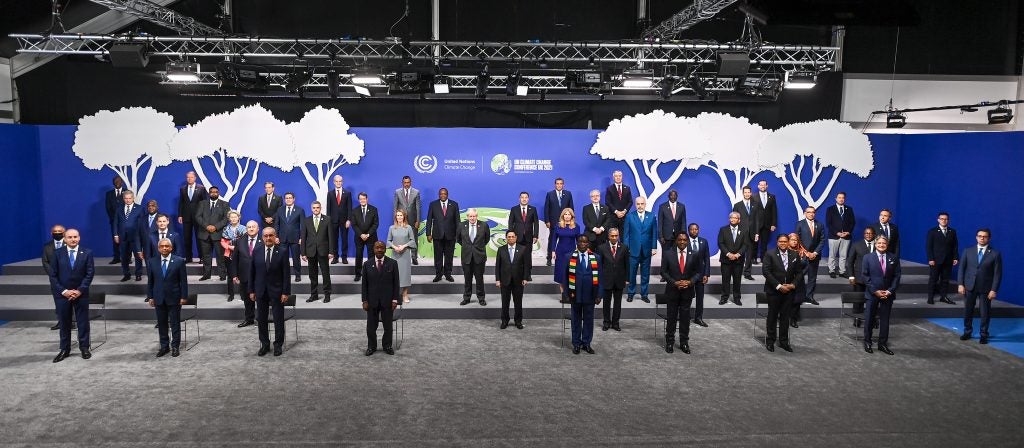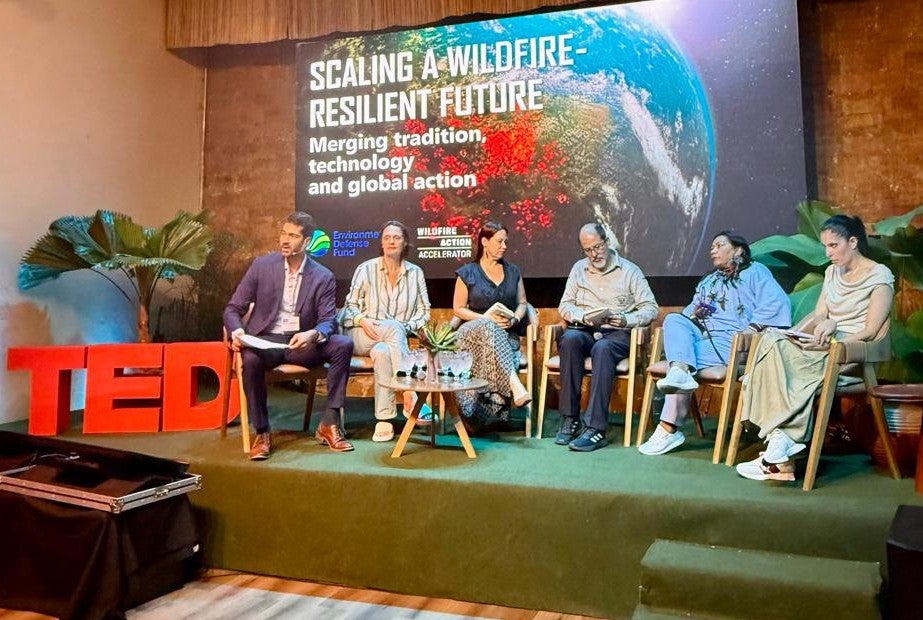Countries must heed IPCC reports as they review collective progress under the global stocktake
This post was authored by Maggie Ferrato, Senior Analyst for Environmental Defense Fund.

The Intergovernmental Panel on Climate Change’s latest Working Group III report has made it clear that the world is not on track to meet the goals of the Paris Agreement—and emissions have continued to rise across all sectors—despite the technological and policy solutions that are increasingly available to decisionmakers.
It’s an important message that needs to be repeated with more urgency than ever. We already know we must do much more to reduce our emissions, including by transitioning more quickly from fossil fuels and rethinking how we grow our food. And in February, the IPCC’s Working Group II report highlighted the dramatic impacts the planet faces from a warming atmosphere, and how this decade is a critical window to adapt to our changing climate and limit the damage by dramatically cutting our emissions.
The IPCC reports taken together send a clear signal that countries must urgently set their ambitions much higher in the fight against climate change.
The good news is that the Paris Agreement was designed to ratchet up ambition over time. One of the mechanisms to make this happen, a process known as the “global stocktake,” is an opportunity to assess countries’ collective progress toward the Paris Agreement’s long-term goals on mitigation, adaptation and finance.
The IPCC reports provide an important backdrop for the UN’s global stocktake process. Here’s how countries can leverage the scientific research from the IPCC to conduct a stocktake that succeeds in increasing global ambition and action.
Mind the gap
With its focus on the ecological and social consequences of the climate crisis, the IPCC’s Working Group II report highlighted the climate impacts the world already faces due to leaders’ failure to confront the climate crisis. Like other reports generated within the UN system, it described what’s at stake if we fail to close the ambition gap, or the gap between where we are and where we need to be to meet the goals of the Paris Agreement.
The IPCC’s latest Working Group III report focuses on the pathways and solutions that could help us close this gap and avert climate disaster, but acknowledges that barriers, especially political, are preventing more ambitious climate action. This inaction needs to change, fast.
The stocktake can help bridge the ambition gap by putting the focus on opportunities and solutions for deep emissions cuts that each country can implement in this critical decade.
Implementation is key
Existing technologies, and the policies needed to deploy them, can drive deep emissions reductions that can help the world hold warming to 1.5 degrees Celsius by the end of the century, along with other solutions like carbon dioxide removals and demand side changes. The IPCC’s WGIII report underscores this point. What we need now is for countries to use these technologies and policies to implement their targets. Countries may find that some solutions are readily available and can help limit near-term warming and impacts, as well as contribute to deep emissions reductions this decade.
As former UNFCCC Deputy Executive Secretary and current President of the Foundation for Global Governance and Sustainability Richard Kinley pointed out at a recent event, “we have lots of targets and what we really need are action plans.” It’s now up to countries to do the work, and the global stocktake can help catalyze action within and beyond the multilateral process.
Ratcheting up ambition
The Paris Agreement requires countries to update their emissions targets, or nationally determined contributions, at least every five years and bring forth more ambitious targets. The outcome of the stocktake is intended to inform this process, known as the “ambition cycle.”
A properly executed global stocktake process will distill critical signals on climate mitigation from the volume of information—including the pathways provided by the WGIII report—and provide the impetus and information for countries to enhance their nationally determined contributions. This could help to set the world on the right path to achieve the goals of the Paris Agreement.
EDF and C2ES are working together to ensure the success of the global stocktake process by helping countries identify the most impactful, readily available actions to reduce emissions and drive collective ambition toward meeting the Paris Agreement goals.
To unleash real climate benefits, the stocktake must not become a bureaucratic check-the-box exercise. A successful stocktake will instead help inform more collective ambition, and more impactful collective climate action.
The findings from the IPCC show us the world must come together, consider every reasonable action to reduce emissions now, and act. Countries must ensure the global stocktake process heeds the warnings from the IPCC and addresses the urgency of the climate crisis.












